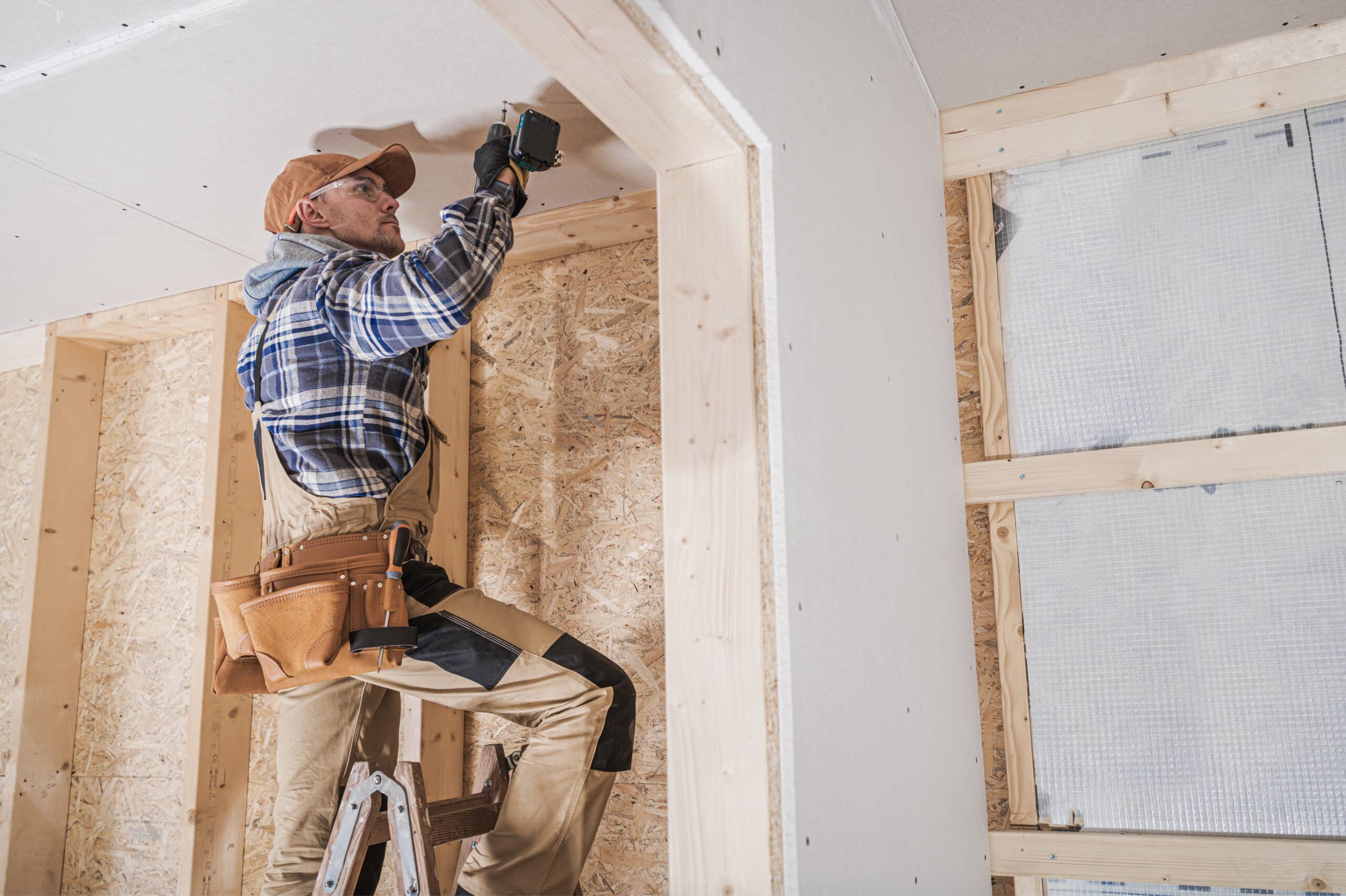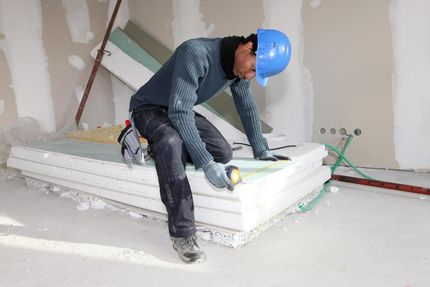Reliable Drywall Repair Techniques to Restore Your Wall surfaces
Reliable Drywall Repair Techniques to Restore Your Wall surfaces
Blog Article
Drywall Setup Made Easy: Tips for Perfect Results
Drywall installment is usually perceived as an overwhelming task, yet with the right approach and knowledge, it can become a convenient venture. Grasping strategies for cutting, hanging, and ending up drywall can substantially affect the outcome.
Picking the Right Products
Selecting the suitable materials for drywall setup is important to achieving a durable and visually pleasing coating. drywall fort worth. The primary element, drywall sheets, typically come in numerous densities, with 1/2-inch sheets being standard for indoor wall surfaces. For areas requiring additional dampness resistance, such as kitchen areas or bathrooms, think about using eco-friendly board or concrete board, which are specifically created to endure moisture

Additionally, picking the best bolts-- either screws or nails-- is crucial for safeguarding the drywall to the framework. Drywall screws are normally preferred for their holding power and lowered threat of standing out. Lastly, think about the complements such as guide and paint, which not just boost the appearance but also safeguard the drywall from wetness and wear.
Preparing the Installment Location
Before beginning the drywall setup procedure, it is crucial to prepare the setup area thoroughly. A clean workspace decreases the risk of damage to existing items and enables for efficient motion during installation.
Next, check the wall surfaces and ceiling for any type of imperfections, such as fractures, openings, or mold and mildew. Address these problems beforehand; spot any problems and allow enough time for repair work to dry. In addition, ensure that electrical outlets, switches, and pipes are appropriately placed and represented, as this will influence drywall positioning.
Take into consideration the environmental conditions too. A secure temperature and humidity degree are crucial for optimum attachment and efficiency of the drywall materials. If needed, use a dehumidifier or heating unit to create ideal conditions.
Cutting and Hanging Drywall
The trick to reliable drywall installation hinges on the precise cutting and hanging of the panels. Begin by gauging the room properly, considering any kind of obstructions such as electric outlets or windows. Use a straight side and an utility blade to rack up the drywall along your dimensions, then snap it along the scored line for a tidy break. For even more intricate cuts, such as around electrical outlets, a drywall saw can be made use of for accuracy.

Constantly work from the top down and delegated right, making sure that you maintain a staggered pattern to enhance security. Correctly hanging the drywall establishes the structure for a smooth finish, inevitably bring about exceptional cause your drywall task.
Taping and Mudding Strategies
While proper cutting and my latest blog post hanging of drywall sets the phase, the following vital step entails grasping taping and mudding methods to make sure a seamless coating. Insulation is essential for strengthening joints and protecting against cracks; it involves embedding tape right into the applied joint substance (mud) Begin with a top quality fiberglass or paper tape, applying the tape over the joint and pushing it into the damp mud utilizing a taping blade, guaranteeing no air bubbles remain.
When the tape is in place, use a thin layer of joint substance over the tape, feathering the sides to create a smooth shift to the drywall surface. Enable this layer to completely dry entirely before sanding it gently to get rid of flaws. Repeat this process, applying additional layers of mud as needed-- generally 2 to 3 layers-- while gradually broadening the application location with each layer to achieve a seamless appearance.
After the last coat dries out, sand the surface area with a fine-grit sandpaper until smooth. drywall fort worth. Remember to use a mask throughout sanding to prevent inhaling dirt fragments. Mastering these taping and mudding methods is critical for achieving a professional-quality finish in your drywall setup
Completing Touches for Perfection
Attaining a perfect drywall setup surpasses taping and mudding; it culminates in the completing touches that elevate the total look. These final actions are critical in guaranteeing a professional-grade coating that enhances the visual appeals of your space.
Begin by sanding the dried joint substance to develop a smooth surface area. Make use of a fine-grit sandpaper and a sanding block or post sander for optimal control. Pay specific interest to edges and sides, as these areas have a tendency to call for even more careful work. After sanding, clean down the wall additional resources surfaces with a moist cloth to eliminate any dirt fragments, guaranteeing a clean surface for painting.
Following, apply a guide particularly developed for drywall. This step is essential, as it helps seal the joint compound and provides a consistent base for the topcoat. When the guide dries, inspect for any type of flaws, and touch up as needed.
Final Thought
In conclusion, successful drywall installment pivots on the careful option of materials, thorough prep work of the setup area, and precise execution of cutting and hanging techniques. Mastery of taping and mudding processes is important for accomplishing a smooth surface.
Drywall installation is commonly regarded as a daunting task, yet with the ideal method and expertise, it can come to be a manageable venture.Choosing the ideal products for drywall installment is important to achieving a durable and visually pleasing surface.Prior to beginning the drywall installment process, it is essential to prepare the setup area thoroughly. Mastering these taping and mudding strategies is vital for attaining a professional-quality coating in your drywall setup.
In verdict, successful drywall installment pivots on the careful choice of products, comprehensive prep work of the setup area, and accurate implementation of reducing and hanging techniques.
Report this page